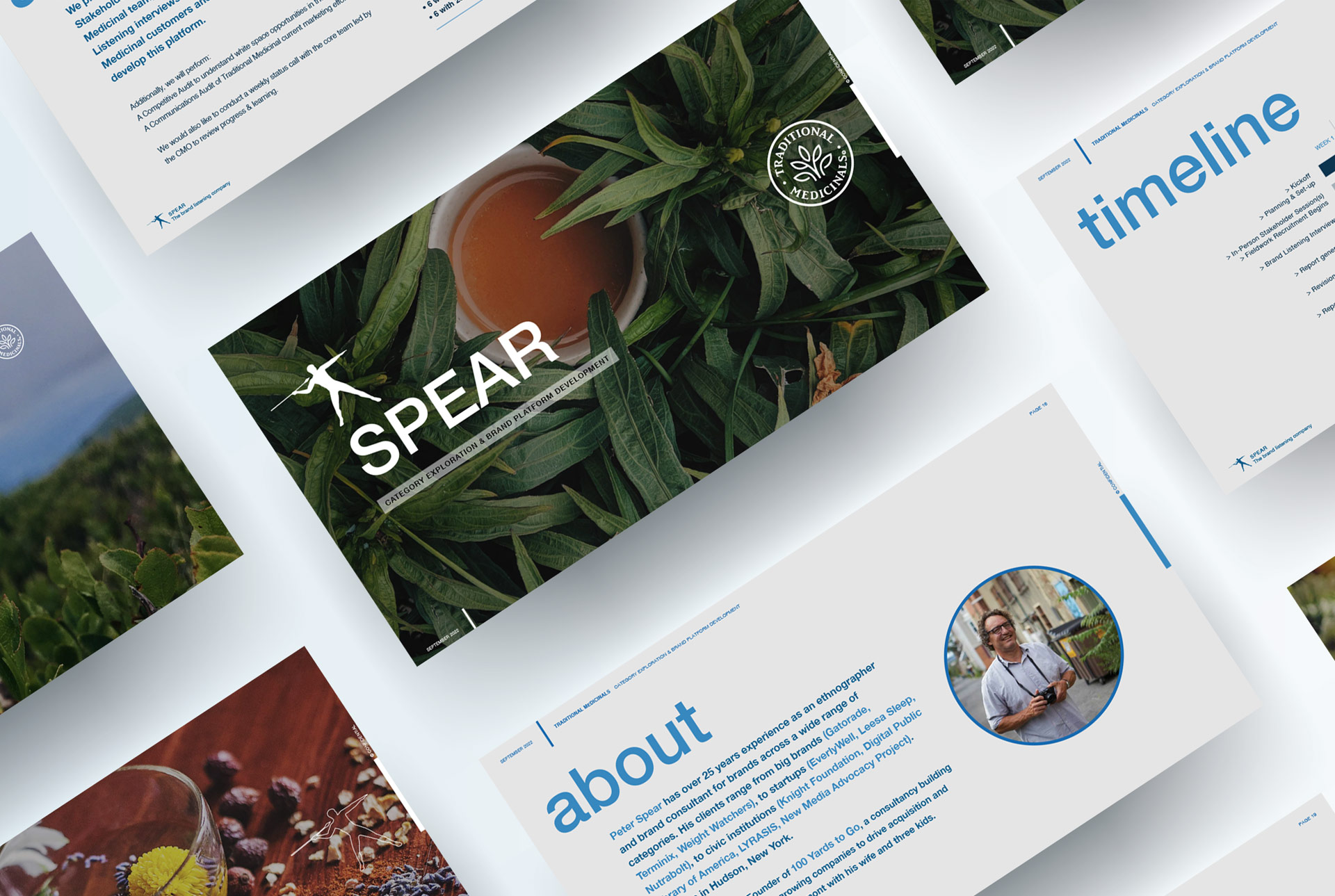
Presentation Designs
Weaving Stories with Visuals: The Art and Skill of a Presentation Designer
Presentation designers are the storytellers of the information age. They don't just create slides; they craft compelling narratives that resonate with audiences, engage minds, and drive action. It's a role that demands both artistic flair and technical expertise, making it a fascinating and dynamic career choice.

More than 1000 adminitrators
Starting with the narrative but using one robust and flexible visual structure
It’s not about how pretty your slides are (well, it is, but that comes later). The basis of designing and delivering an awesome presentation is to craft a story and use visuals to support and strengthen that story. Read more about how we guide to the Salesfroce's storytellers: View >
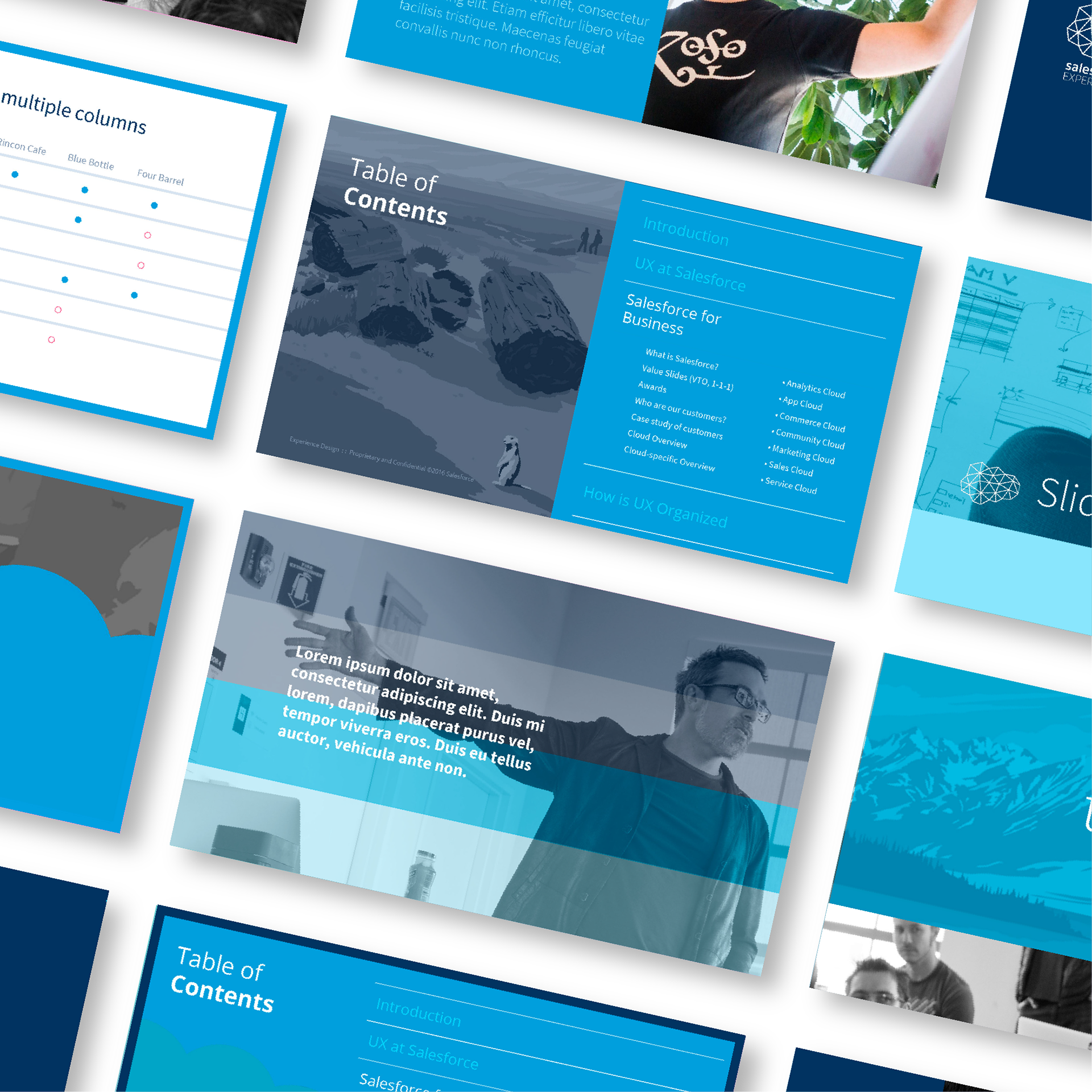
A poor idea well presented, worth more than a good one poorly presented
So, what exactly does a presentation designer do?
• Visualize complex information: Transform data, concepts, and ideas into clear, digestible visuals using charts, graphs, infographics, and illustrations.
• Craft compelling narratives: Structure presentations with a clear flow, building an emotional connection with the audience and guiding them towards a desired outcome.
• Design for impact: Employ color theory, typography, and layout principles to create visually appealing and impactful presentations that leave a lasting impression.
• Master presentation software: Possess expert knowledge of presentation tools like PowerPoint, Keynote, and Prezi, leveraging their advanced functionalities to create interactive and dynamic experiences.
• Collaborate effectively: Work closely with subject matter experts, stakeholders, and marketing teams to understand their goals and tailor presentations accordingly.
• Stay ahead of the curve: Continuously research and adopt new design trends, presentation technologies, and storytelling techniques to elevate their craft.













Hundreds of people using the same tool
Different employees with different porpuses crafting presentations always using the same templates
By using presentation templates strategically and focusing on content quality, employees can elevate their presentations, gain confidence, and effectively communicate their work within their corporation.
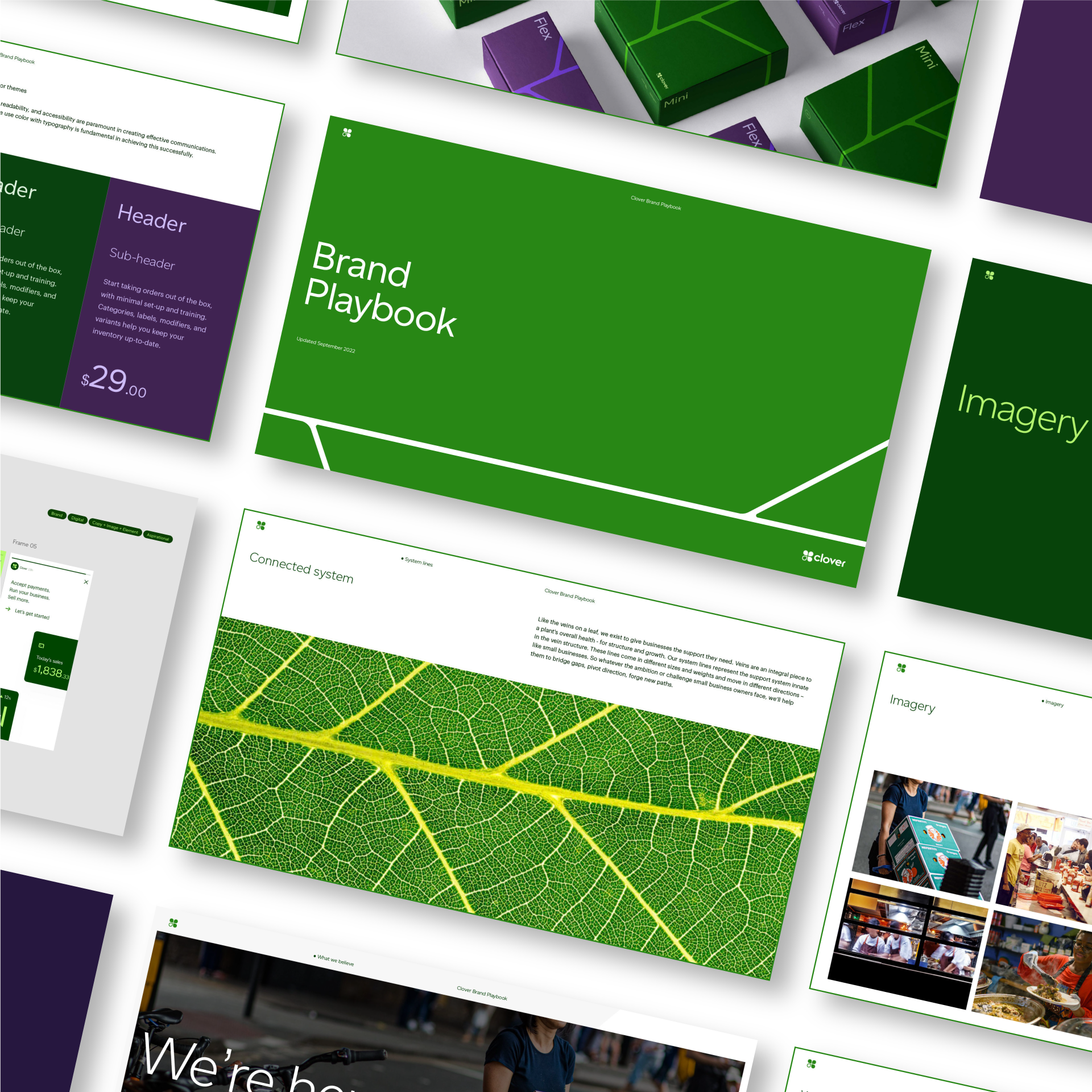
A clear presentation can elevate even a mediocre idea.
A presentation template deck can be a valuable tool for employees presenting their work in a corporation for several reasons:
• Pre-built layouts: Templates provide a pre-defined structure for slides, ensuring a logical flow of information and a clear message. This helps eliminate the need to start from scratch, saving time and effort.
• Consistency and Branding: Many templates align with corporate branding guidelines, ensuring consistency in visual identity and professionalism across presentations.
• Focus on Content: Pre-designed elements like charts, graphs, and placeholders guide content organization, allowing employees to focus on crafting their message instead of struggling with design intricacies.



















Pros of Using Well-Designed Presentation Templates
By leveraging well-designed templates strategically and focusing on content quality, you can create impactful presentations that resonate with your audience.
• Professional Design: Templates are often aesthetically pleasing with balanced layouts, appropriate color schemes, and high-quality fonts, adding polish and credibility to the presentation.
• Time-Saving: They eliminate the need to create visuals from scratch, saving valuable time for content development and rehearsal.
• Data Visualization Integration: Templates may include pre-designed data visualization elements like charts and graphs, helping employees present complex information clearly and effectively.
• Reduce anxiety: Solid foundation minimizes design concerns, boosting confidence and reducing stress.
• Focus on delivery: Templates allow focusing on audience engagement and impactful delivery.
• Meet deadlines: Streamlined design process ensures timely completion of presentations.
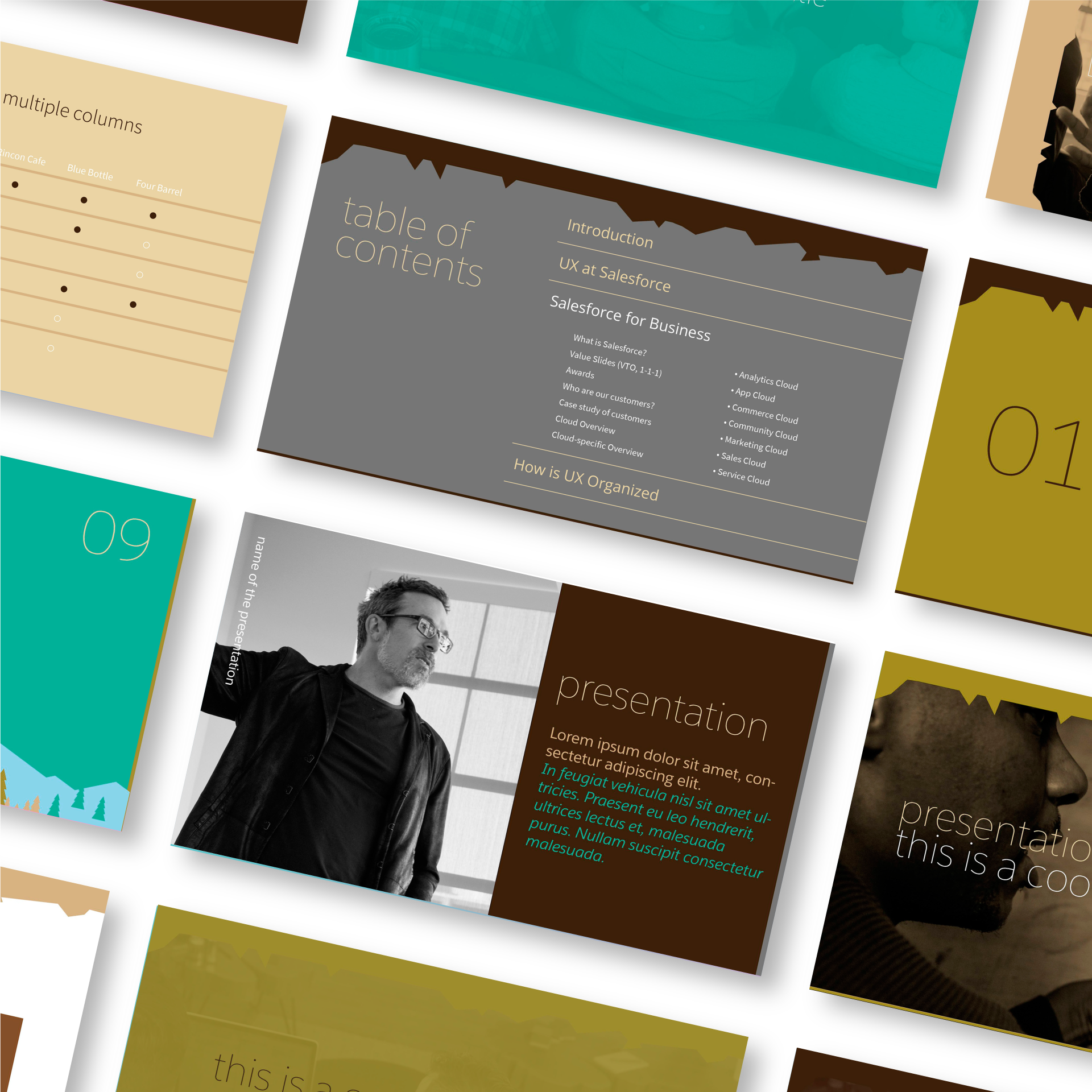













Peter Spear's theme
A well-designed presentation deck is a game-changer. It can elevate your message, captivate your audience, and leave a lasting impression.
Don't underestimate the power of good design! By investing in a well-crafted presentation deck, you can significantly improve your marketing efforts, engage your audience effectively, and ultimately achieve your goals.

Here're the main slides of the deck designed for a Brand expert:





















Clover's theme
A presentation designer is the visual architect of your message. They take your content and ideas and translate them into a compelling and informative presentation deck.
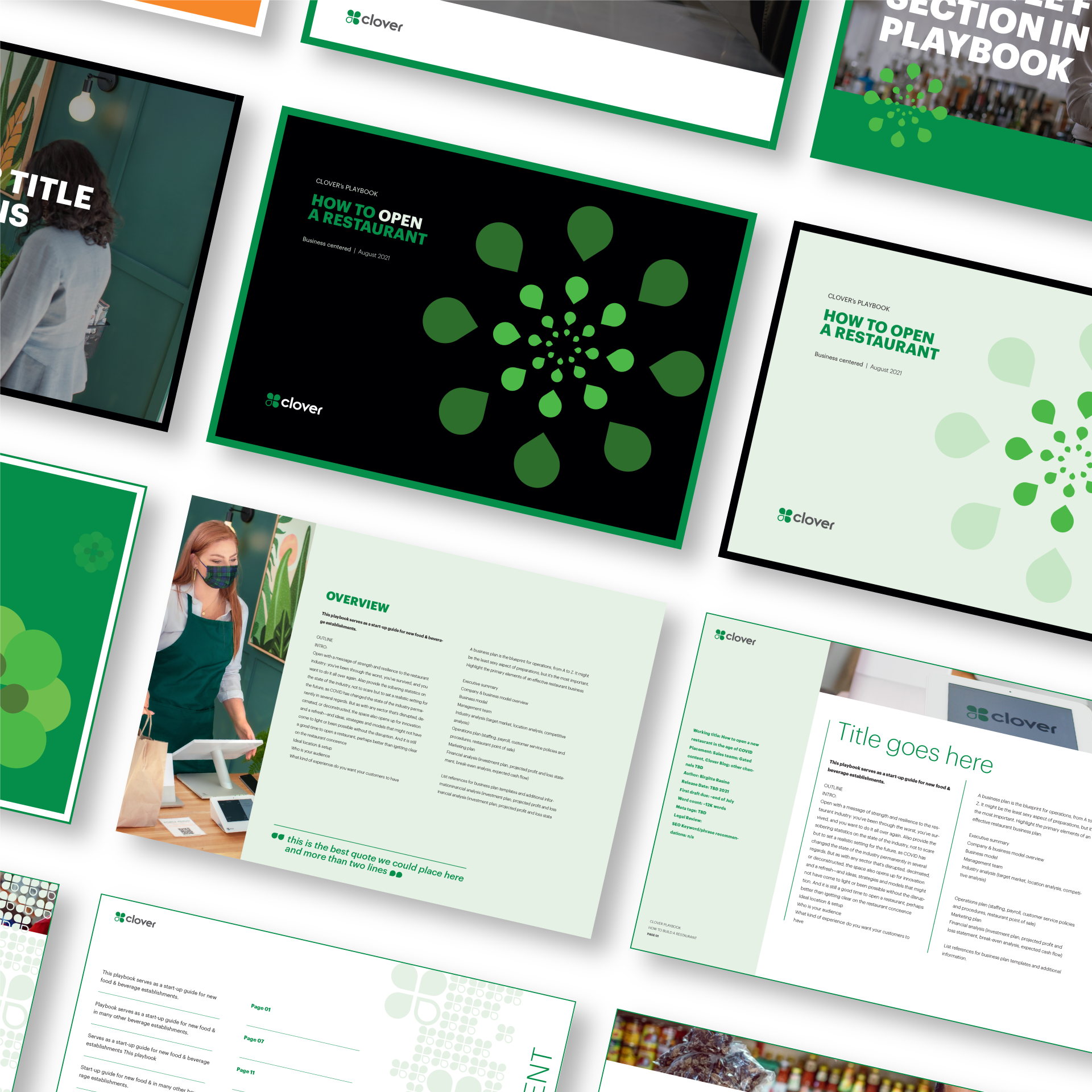
Key master slides from the presentation designed for Clover.com

















Salesforce's theme
Here's another presentation developed for a huge tech client
A well-designed presentation deck is a powerful branding tool that elevates your message and strengthens your brand identity in the audience's mind.
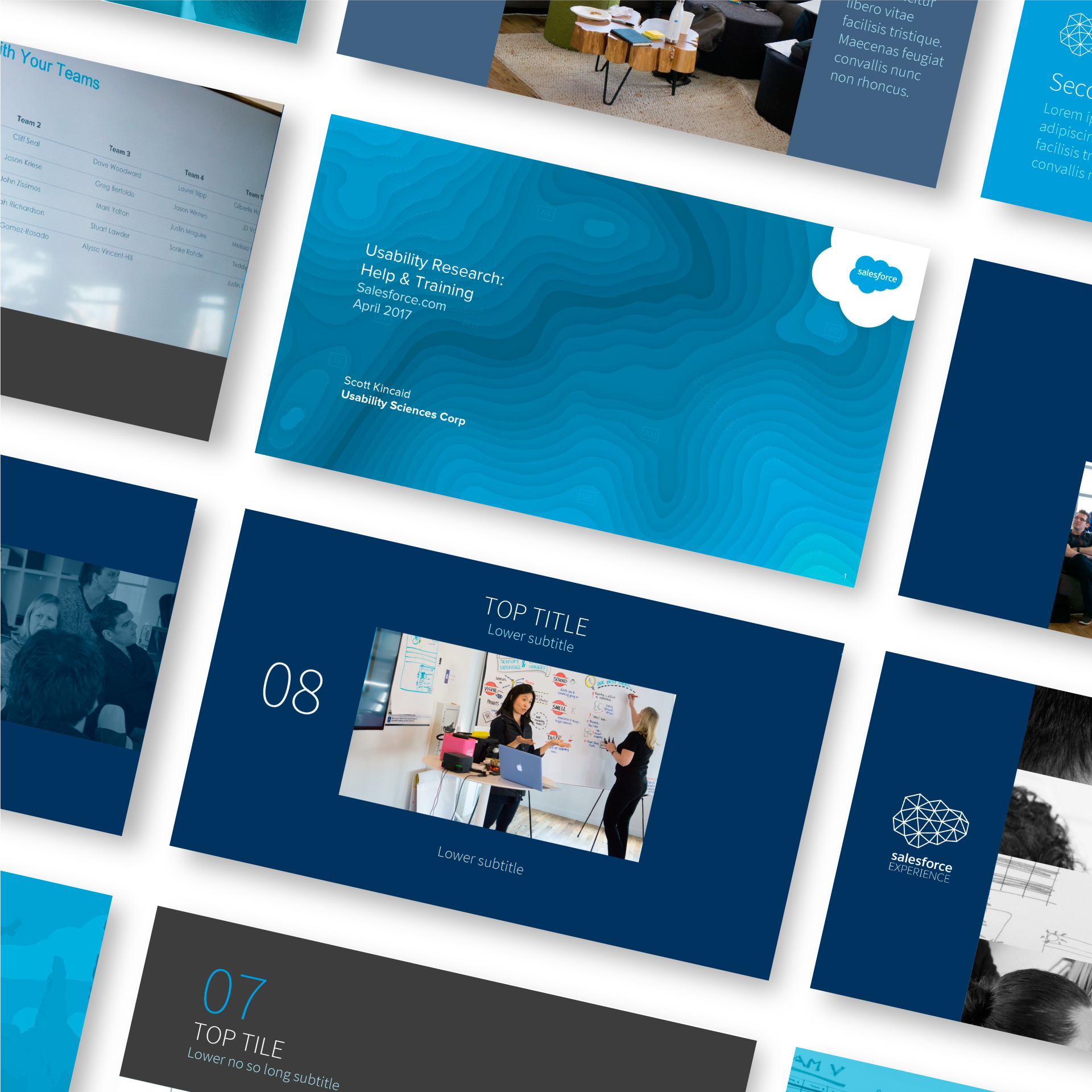
A master slide in a presentation deck acts as the foundation and design template for all your individual slides. It's like a blueprint that defines the overall visual style and layout of your presentation.
Imagine a master slide as the master recipe for your presentation. You set the base ingredients (fonts, colors, layouts) and then add your specific content (text, images, data) to each individual slide while maintaining the core recipe throughout.
Cover slide

Sub Section slide

Title slide




Section Slide

Secondary Cover slide

Terciary Title slide




Beyond the basics:
The role of a presentation designer is evolving. Today, it's not just about static slides; it's about creating interactive experiences, incorporating motion graphics, and even exploring the potential of artificial intelligence to personalize presentations and further enhance their effectiveness. It's all about visual storytelling, possess a keen eye for design, and love the challenge of transforming complex information into engaging narratives. It's a role that demands constant learning and adaptation, ensuring you're always at the forefront of this ever-evolving field.
Role + Location
Presentation Designer + Visual Designer + Art Direction + Marketing
San Francisco | New York
Skills
- UI Strong design sense: An eye for visual hierarchy, balance, and color harmony is essential to create aesthetically pleasing and impactful presentations.
- Multiplatform Effective storytelling: The ability to structure information into a clear, engaging narrative that connects with the audience on an emotional level.
- Art Direction Technical proficiency: Mastery of presentation software and various design tools is crucial for executing design concepts seamlessly.
- UX Communication skills: Collaboration is key, so clear and concise communication with stakeholders is essential to align expectations and deliver desired outcomes.
- Typography Project management: Ability to manage time effectively, meet deadlines, and work independently while adhering to brand guidelines and project requirements.
- web designs Data visualization: Skilled in presenting data in a clear, concise, and visually appealing manner that aids understanding and drives insights.
- Interactive Design + Usability Adaptability: Flexibility to adjust design approaches based on different audiences, presentation formats, and content types.
- Information Architecture Information Architecture: bridge the gap between information and usability, crafting clear structures for people to find what they need effectively and intuitively.